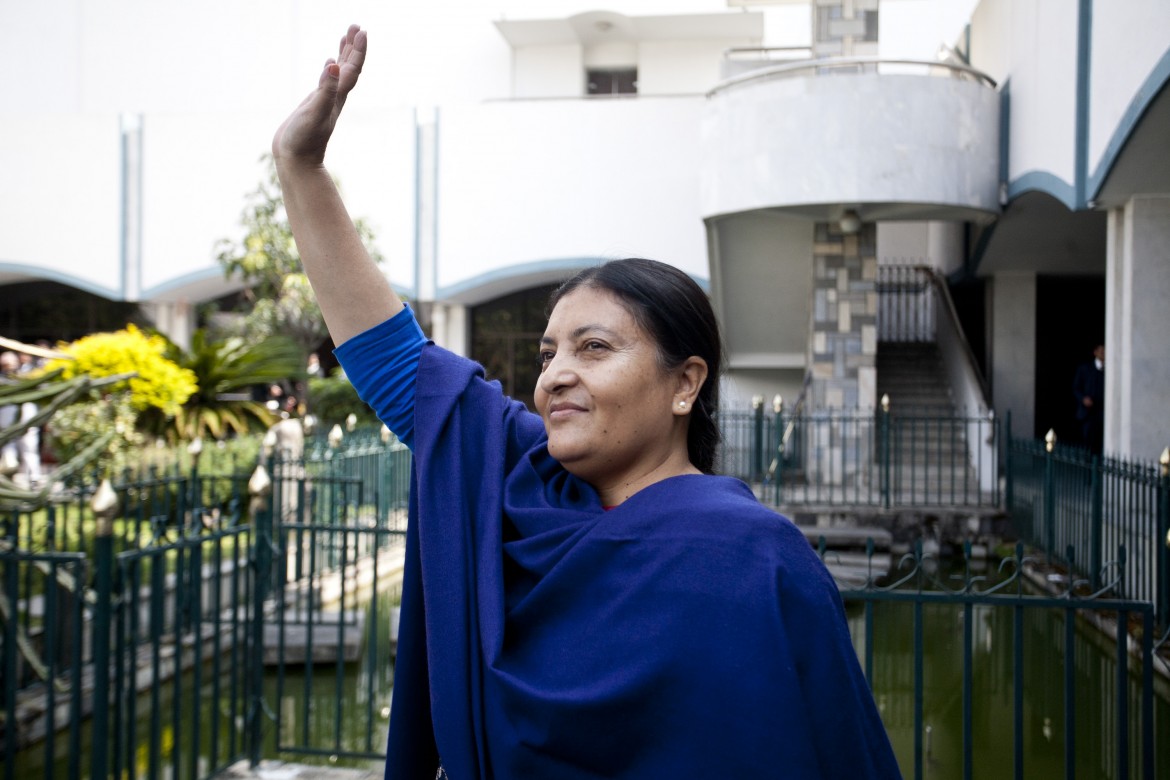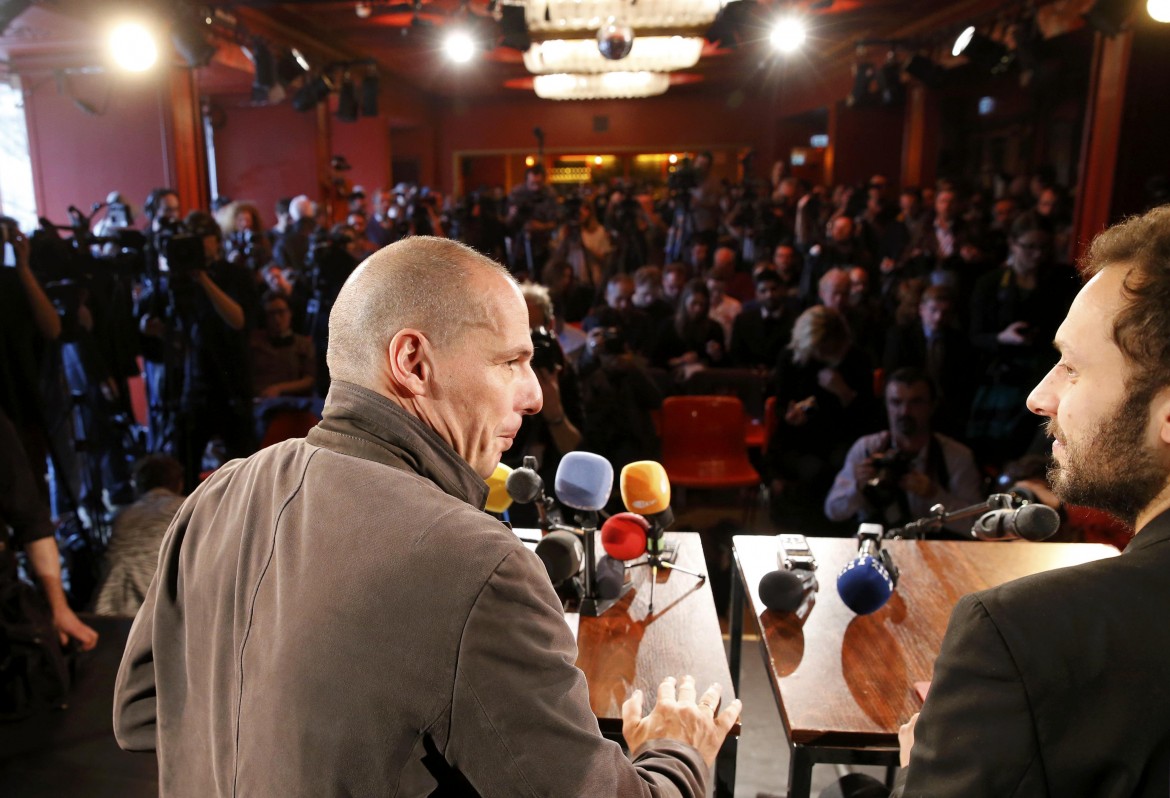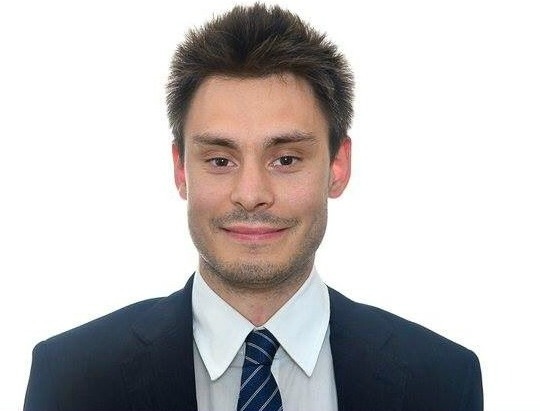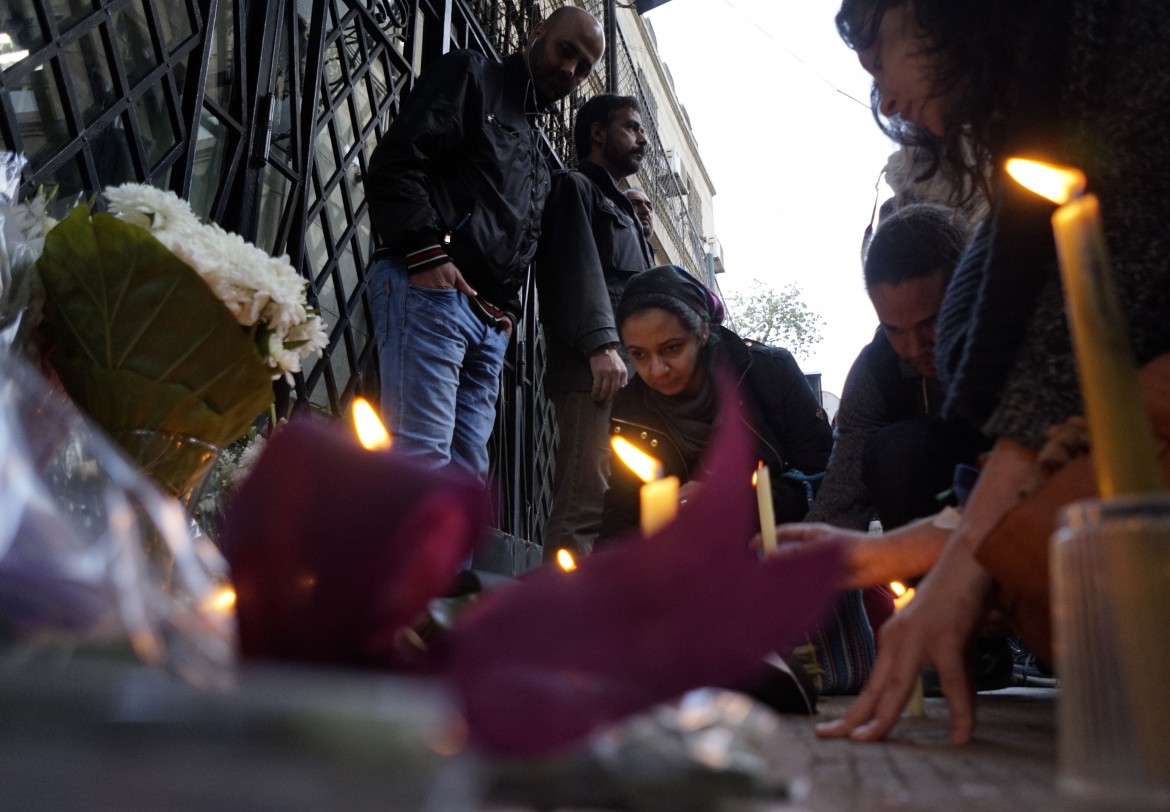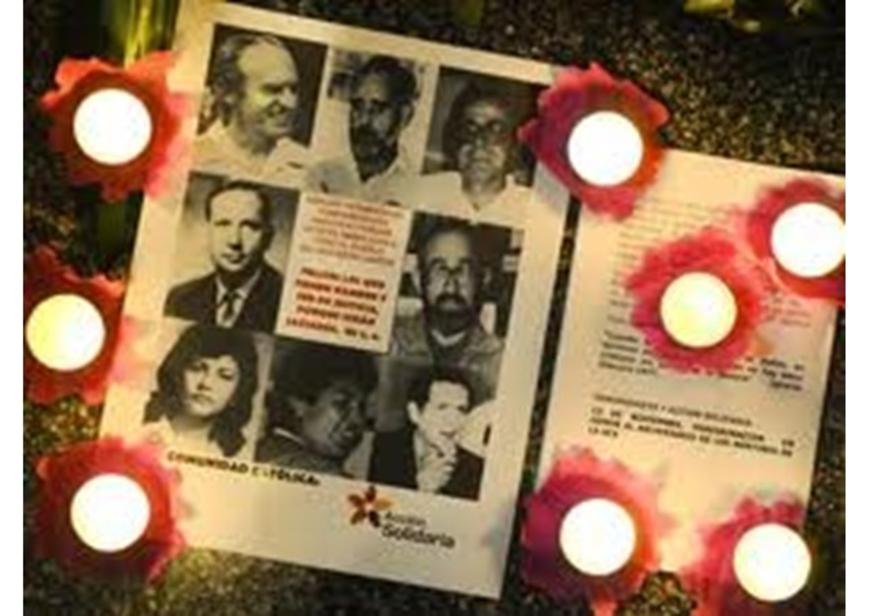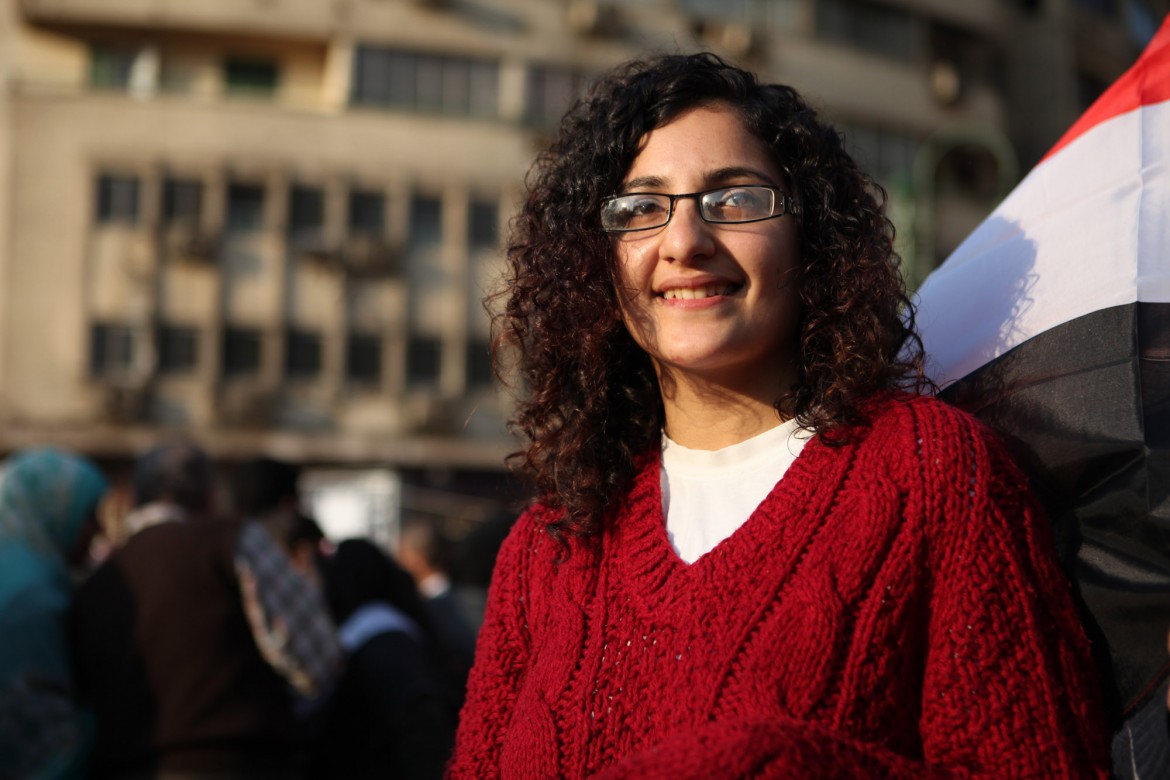The new head of state of Nepal is a woman. A woman communist.
The election of 54-year-old Bidhya Devi Bhandari was a twofold surprise: For one, it’s not easy to wade through Nepali politics as a woman, but also because her challenger, Kul Bahadur Gurung, is still a mighty figure as leader of the Nepali Congress, the country’s dominant political party.
The vote in parliament, which brought the second and third parties into coalition, gave Bhandari a majority: 327 votes out of 549. It is not, as the collective imagination perhaps thinks, news that Nepal has elected a communist, but the votes of the third party, the Unified Communist Party of Nepal (Maoist), were not certain. Bhandari’s party, the Communist Party of Nepal (Unified Marxist-Leninist), could only count on 175 seats. The alliance between them has held firm while the Congress party couldn’t gather enough allies.
Bhandari presidency is mostly ceremonial, but the new Prime Minister K.P. Sharma Oli — who has executive power in Nepal — is communist like her, and is the head of the party of which she is still vice president.
Bhandari’s story is one of political activism, of fighting in the defense of women and minorities (which is probably her strong point) and of personal tragedy. Her husband, Madan Bhandari, one of the best-known communist leaders in Nepal, died in an alleged car crash in 1993 that had no witnesses and has never been investigated.
Bhandari is familiar with politics: on the ground, in her party and in the government. She has already played an institutional role as defense minister, a delicate job in a country that ended a 10-year civil war only in 2006, after 15,000 deaths and as many as 150,000 people internally displaced. The country has turned around, but the journey was long and difficult.
Nepal is a small Himalayan nation, a hinge between India and China, with only 30 million inhabitants spread over an area half the size of Italy and characterized by high mountains and massive ethnic-linguistic diversity. It was ruled by monarchy until 2008, when the Maoists became the ruling party of Nepal following the civil war.
Just last September, the country marked a breakthrough with a new and innovative constitution, the first in Asia to protect the rights of gays. But the process was painful, as 40 people died in demonstrations that preceded the final vote.
And it’s not over yet. The constitution left many minorities discontented, perhaps unavoidable in a country that speaks more than 100 languages and where the most marginal and peripheral communities feel under-represented. This is one of the challenges for the new president.
Another is lingering impact of an earthquake that destroyed lives, livestock, houses and monuments in the capital. Some 400,000 people still live in inadequate shelters as winter approaches, according to AGIRE, an Italian NGO. The country still has large pockets of underdevelopment and a system of castes and semi-feudal relations that govern community life, which is 75 percent agricultural.
Nepal sits in difficult balance also for its position as a cushion between the two giants of the continent, Delhi and Beijing.
India has influenced much of Nepal’s culture and tradition and presses at its borders with one of the most powerful armies in the world. The Chinese are no different: They monitor the Tibetan and Buddhist refugee communities and try to tease Kathmandu with the promise of development. Just yesterday, Nepal signed an agreement with China that effectively ends India’s 45-year monopoly on the supply of petroleum products.
Nepal’s biggests tests lie ahead.
- Originally published in Italian at il manifesto on Oct. 30 2015


